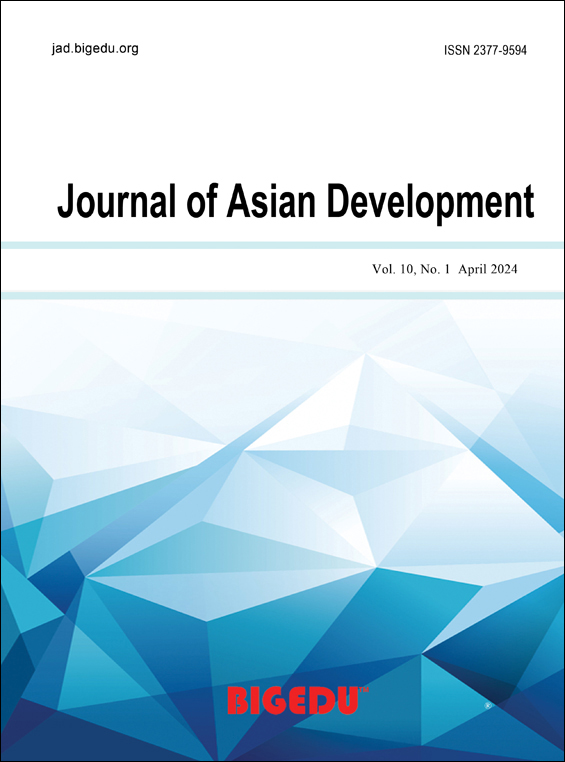French Colonial Measures to Promote Rubber Plantation Systems in Eastern Cochinchina, 1900-1930
DOI:
https://doi.org/10.52941/jad.v11i1.67Abstract
This study investigates the policies implemented by French colonial authorities to foster the development of rubber plantation systems in Eastern Cochinchina from 1900 to 1930. Employing historical, logical, and statistical methods, the research analyzes archival documents, decrees, and quantitative data to identify key measures: land concession policies, tax incentives, financial subsidies, and transportation infrastructure investments. Findings indicate that these strategies significantly increased the number and scale of plantations, with Eastern Cochinchina accounting for 86.67% of Indochina’s rubber estates by 1937. The study concludes that these measures, while economically transformative, favored French capitalists and local elites, reshaping land ownership patterns and reinforcing colonial dominance in the region.
Downloads
Published
How to Cite
Issue
Section
License

This work is licensed under a Creative Commons Attribution-NonCommercial 4.0 International License.
Copyrights of all articles published in Bigedu Foundation are retained by the authors, with first publication rights granted to the journal. The journal/publisher is not responsible for subsequent uses of the work.
All articles are published under the Creative Commons Attribution (CC-BY) license.
Authors have the rights to reuse, republish, archive, and distribute their own articles after publication, and undertake to permit others to distribute, remix, adapt, and build upon this work non-commercially provided the original work is properly cited. The full guidance that applies to the CC-BY license can be found at http://creativecommons.org/licenses/by/4.0/







